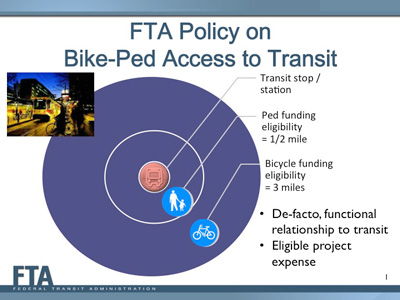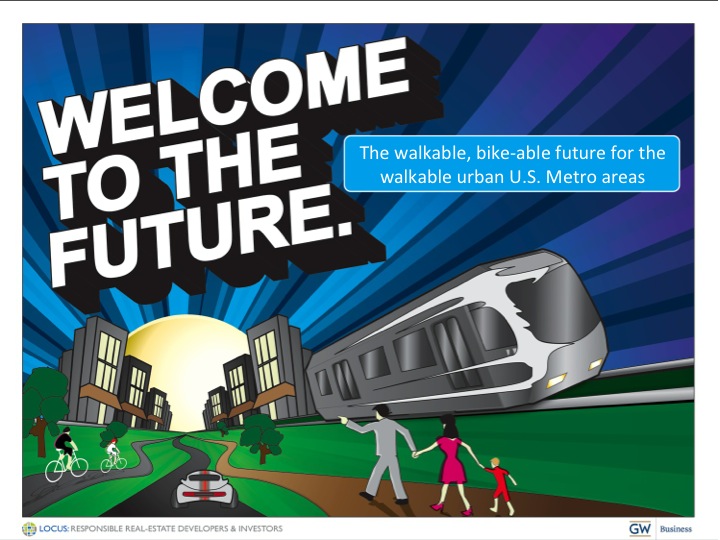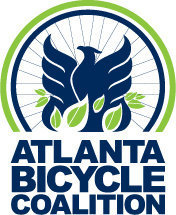DISCOVER YOUR LOCAL BICYCLING COMMUNITY
Find local advocacy groups, bike shops, instructors, clubs, classes and more!
Advocacy Advance: First Mile, Last Mile
This blog is cross-posted from Advocacy Advance, and is authored by Christy Kwan.
Curious about what federal funding programs can support biking and walking projects and programs? We have lots of resources on the programs available from the Federal Highway Administration (FHWA), and just last week, we released our new report taking a deeper look into funding opportunities from the Federal Transit Administration (FTA): “First Mile, Last Mile: How Federal Transit funds can improve access to transit for people who walk and bike.” Download the PDF of the report here.
This new report looks at how biking and walking can be integrated with transit, and which FTA programs can support projects and programs to increase accessibility among people who bike, walk, and take transit.
In “First Mile, Last Mile,” we look into who’s walking and biking to transit, the types of improvements commonly associated with transit systems, the funding programs available from the Federal Transit Administration, and the policies that support integration between transit and active transportation.
To complement the release of our report, we held a webinar featuring:
- Ken McLeod, League of American Bicyclists & Advocacy Advance partnership
- Joanne Waszczak, Federal Transit Administration
- Christopher B. Leinberger, LOCUS
- Jason Ward, Metropolitan Atlanta Rapid Transit Authority (MARTA)
Here are three tidbits from the webinar:
1. Sidewalks and bike lanes as a line of opportunity
Joanne Waszczak from the Federal Transit Administration (FTA) reiterated transit as a ladder of opportunity for all users. “Transit is a line of opportunity that goes from someone’s house to their work place, school, the doctors, and the grocery store,” said Waszczak. “We’re also thinking about bike lanes and sidewalks as other lines of opportunity. We want to make sure to connect the lines so there aren’t gaps.”
To connect these gaps, FTA has a catchment policy, which includes improvements for people who bike and walk to transit. This policy includes pedestrian improvements within a half-mile, and bike improvements within 3 miles. These improvements include sidewalks, multi-use paths, and bike racks and lockers, and other improvements as long as they have a functional relationship to transit.

Listen in on Joanne’s presentation on the webinar.
2. 80% of future development will go to walkable urban places
From the vantage point of developers, walkable and bikeable urbanism will become the default mode. Chris Leinberger, President of LOCUS, noted the demand for walkable urban places: “The new lens is whether a place is walkable urban, high density, and mixed use. Once you’re there, it’s walkable. You get there if you have to get there by car, transit, or biking. Walkable urban places take place in either center city and suburbs. The demand is most apparent in urbanizing suburbs.”
In DC, “80% of the walkable urban places that are regionally significant are rail-transit served. That’s not a coincidence, but 20% are not rail-transit served – it’s not impossible to do this if you don’t have rail transit.”

Listen in on Chris’s presentation on the webinar.
 3. Advocates can and do make a difference
3. Advocates can and do make a difference
The Metropolitan Atlanta Rapid Transit Authority (MARTA) is at the forefront of including transit-oriented development in how transit is used and developed in the City of Atlanta. MARTA’s Board adopted TOD policies which addresses access to stations, parking including bicycle parking and storage within the development, a stated 20% affordable housing goal, among others. Jason Ward of MARTA spoke on the webinar and mentioned that the affordable housing policy was something that Atlanta advocates had pushed for and won a stated affordable housing goal, which was also adopted by the MARTA Board.
In addition, thanks to instrumental efforts from the Atlanta Bicycle Coalition, MARTA has committed to its Pedestrian and Bicycle Transit Access program. In MARTA’s Last Mile Connectivity Program, MARTA will dedicate $550,000 total to bicycle and pedestrian improvements at 26 identified stations in Atlanta, which includes:
- $100,000 to bike parking
- $150,000 to pilot bike curb channel to move bike up stairwells
- $150,000 to pedestrian accessibility improvements
- $150,000 to wind shelters
“Rebecca Serna of Atlanta Bicycle Coalition has interacted with us on many different occasions to push and advocate on behalf of bicyclists,” said Jason. “The Last Mile Connectivity Program is really from Rebecca’s efforts to make us aware of the issues. She’s done a fantastic job. It’s clearly an important piece to make sure we have access for all modes of transportation. 100% of our bus fleets are bicycle assessable.”